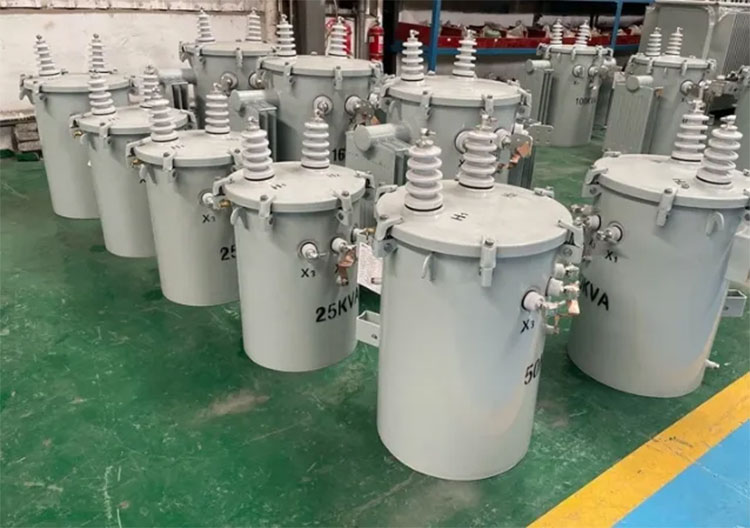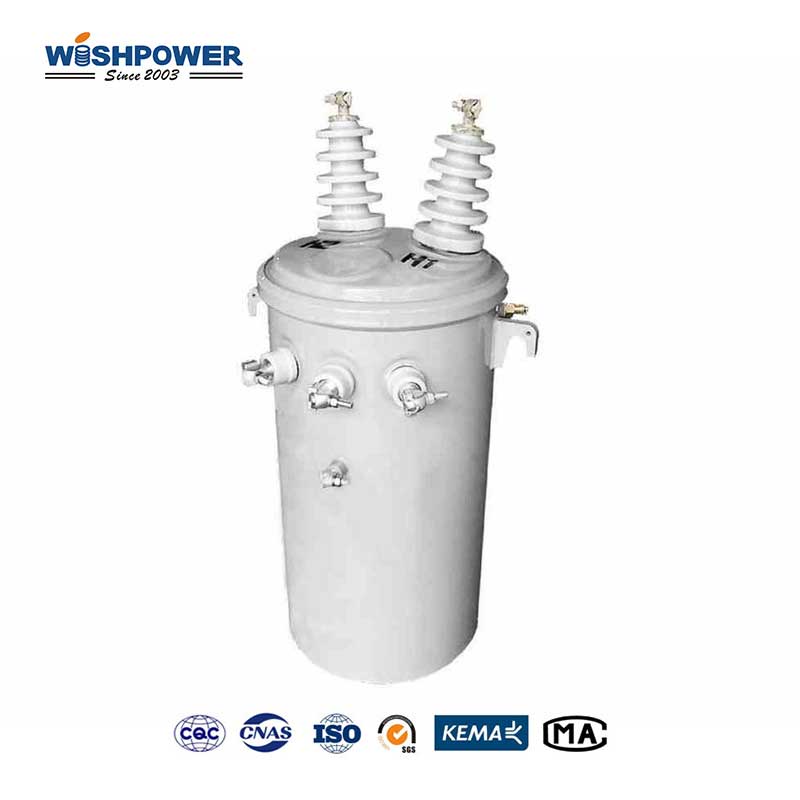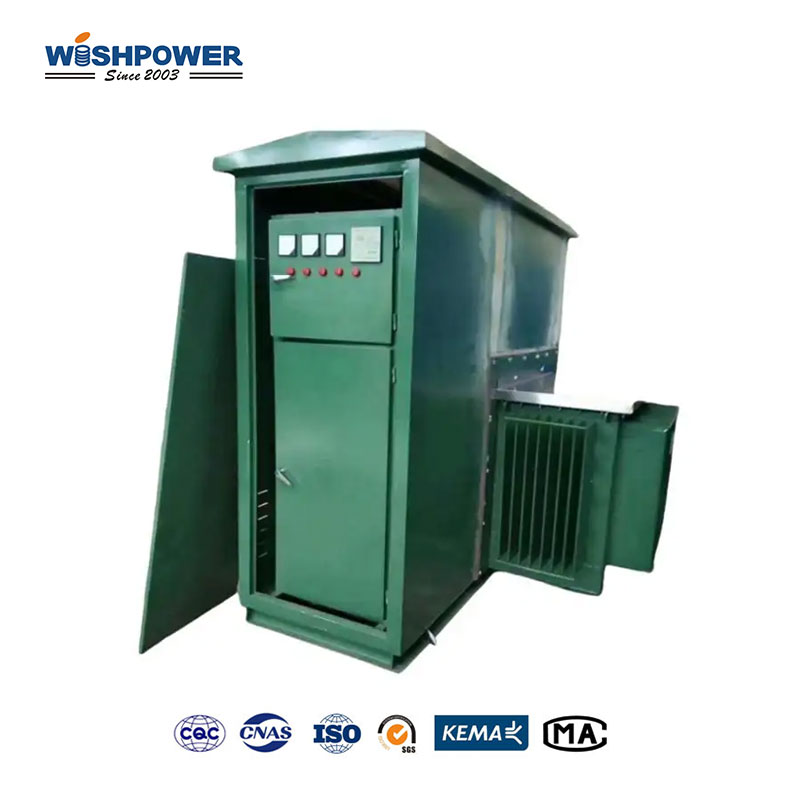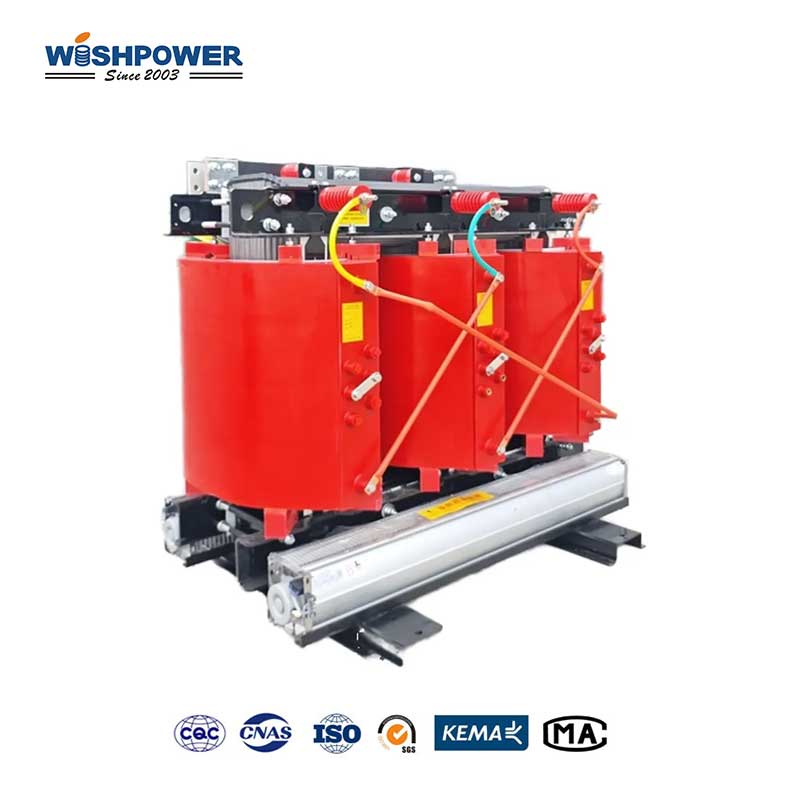Electrical distribution systems employ pole-mounted transformers that serve as a key part of their operation to deliver power from generation plants to residential, commercial, and industrial use at the lowest possible cost. Being able to understand what the lifespan of these transformers are and what their maintenance requirements are to ensure that they’re always performing in a consistent method and cost-efficient to operate.

What is the lifespan and maintenance requirement of a pole-mounted transformer?
The lifespan of Pole mounted transformers
pole-mounted transformer lasts on average between 25 to 40 years, depending on its design, material, and operating conditions. This is a standard estimate, but some high-quality transformers can last 50 years if they are maintained, but generally, most will lose more than half their original rating at least 20 years. However, several factors influence the actual lifespan of a transformer, including:
- Quality of Materials
It is usually the case that longer-lasting transformers are made using durable materials; for cores, high-grade silicon steel, and insulation, thermally stable insulating oil. Premium materials lower the risk of premature wear and increase overall efficiency.
- Environmental Conditions
Some types of transformers are sensitive to temperature fluctuations, humidity, and exposure to pollutants and salt in coastal areas which can accelerate the transformer aging process. In units operating in harsh environments, often additional protective measures are required to extend service life.
- Load Conditions
Overloading a transformer, to exceed its recommended load capacity, causes heating of the transformer, which may result in degradation of the internal transformer components over time. Extended functionality and reliability ensure consistent operation within rated load levels.
- Regular Maintenance
Pole-mounted transformer maintenance and repairs are essential to prolong the life of one. Proactive maintenance is to identify and resolve minor problems before they become serious problems.
Maintenance Requirements of Pole-Mounted Transformers
- Regular Visual Inspections
Periodic visual inspections help identify signs of damage, such as:
Leak in the transformer tank or there are oil seals.
Surface rust or corrosion.
Damaged bushings or damaged connections.
They should be checked on a visual basis at least twice a year or after the storm.
- Oil Quality Testing
Transformer oil is a coolant as well as an insulator. Regular oil testing ensures:
The ability to detect moisture or contaminants.
Evaluation of dielectric strength.
Dissolved gas monitoring to show internal faults.
Annual oil analysis is recommended to maintain optimal transformer performance.
- Thermal Scanning
Using infrared thermal imaging helps detect hotspots in a transformer, which may indicate:
Overloading causes overheating.
Poor electrical connections.
Internal components deterioration.
It is a non-invasive way to scan things that help in the identification of potential issues early.
- Vegetation Control and Cleaning
Keeping the transformer clean and its environs tidy minimizes issues of operation. Maintenance tasks include:
Clean the transformer body of dirt, dust, and debris.
Trimming vegetation near the pole to avoid interference with transformer operations.
The transformer is regularly cleaned to prevent contamination and is the key to good airflow.
- Load Monitoring
Transformer loads are continuously monitored so the unit can be known to be within its designed capacity. Sensors and data loggers can provide some indication of when, if ever, periods of excessive demand may occur that can be installed.
Common Issues and Solutions
- Overheating
Cause: Excess or inadequate cooling.
Solution: Load reduction or ventilation improvement around the transformer.
- Insulation Degradation
Cause: Moisture ingress, or contaminants in the oil.
Solution: Quickly replace or restore the insulating oil and leak repair.
- Corrosion
Cause: To moisture or industrial pollutants.
Solution: Perform regular cleaning and apply anti-corrosion coatings.
- Electrical Faults
Cause: Loose connections or bad bushings.
Solution: Over time, these connections will loosen or fail. Check them and (if necessary), tighten and replace faulty components.
Best Practices for Enhancing Longevity
- Strategic Installation
Good installation reduces exposure to environmental stressors. A simple example, though, is that the transformers are better placed at a safe height, so as not to risk being physically damaged or flooding.
- Use of Protective Devices
Surge arresters, fuses, etc., which protect the transformer against electrical faults and lightning strikes are installed.
- Maintenance Schedule
A well-structured maintenance schedule helps to make the checks and repairs timely. The approach here minimizes the probability of unexpected transformer failures and maximizes the operational life of the transformer.
- Training and Expertise
Upgrading the training of the maintenance personnel in transformer maintenance techniques makes the quality of service better and reduces cases of errors arising from human errors.
Conclusion
Because pole-mounted transformer lifespan and maintenance requirements are highly influenced by numerous factors including material quality, environmental conditions, and operational practices, best practices for optimal pole-mounted transformer maintenance are recommended. If properly maintained, installed, and adhered to best practices, these transformers can continue to perform for decades. With investments in quality equipment and proactive care, operators can provide efficient distribution of power minimizing downtime and operational costs. Maintaining pole-mounted transformers is becoming a requirement to support the ever-increasing electrical energy demands worldwide.
If you have different opinions or want to know more, please leave a message on the website or contact us directly at info@wishpower.net

















